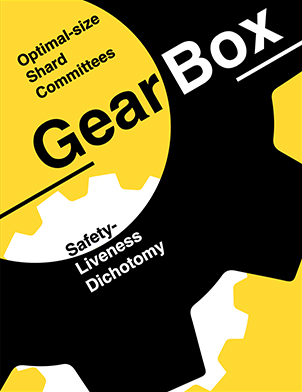Cited By
View all- Li WZhao ZMa PXie ZPalade VLiu H(2024)Graphical Consensus-Based Sharding for Efficient and Secure Sharings in Blockchain-Enabled Internet of VehiclesIEEE Transactions on Vehicular Technology10.1109/TVT.2023.331144573:2(1991-2002)Online publication date: Feb-2024
- Hu DWang JLiu XLi QLi K(2024)LMChain: An Efficient Load-Migratable Beacon-Based Sharding Blockchain SystemIEEE Transactions on Computers10.1109/TC.2024.340405773:9(2178-2191)Online publication date: Sep-2024
- Huang HLin YZheng Z(2024)Account Migration across Blockchain Shards using Fine-tuned Lock MechanismIEEE INFOCOM 2024 - IEEE Conference on Computer Communications10.1109/INFOCOM52122.2024.10621244(271-280)Online publication date: 20-May-2024
- Show More Cited By


